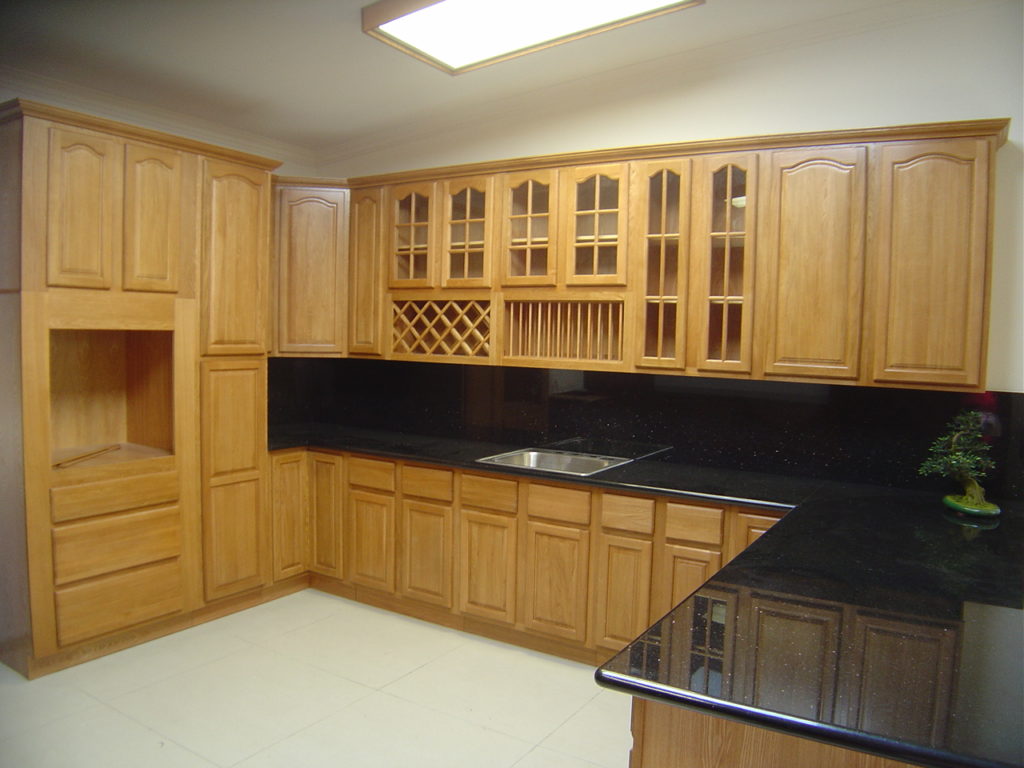
Mold is a common bacterium that can be present in most houses, especially when bad weather sets in and damp conditions can arise in our homes and apartments. Mold itself is a fungus that is essentially made up from dead organisms from organic materials, and you will instantly spot mold from its distinct black color that grows on surfaces.
Sometimes mold can be blue, green, and black or orange it all depends on the age of the mold and the type of the mold. Some of which can be lethal to our breathing system if we inhale it, and we can suffer from health problems as a direct affect. Before you hire a mold removal company, take a look at these quick tips.
Using detergent
One of the more common ways to clean mold is using a detergent, so if you have spotted some growing on your cabinet then using a specific cabinet cleaning product is one of the solutions. You just have to make sure that whatever product you are using doesn’t do any superficial damage to the exterior of your cabinets. You want to remove and eradicate mold, not destroy your kitchen cupboards.
Spray bottle formulas are made up of chemicals that break up the mold and kill it off.
Vinegar solution for wooden cabinet
Vinegar is a great product that you can use on many things in the kitchen, from bringing a shine to your kitchen taps to cleaning hard to remove stains. The only drawback is the smell that emanates from vinegar, but you can add a few drops of essential oils to the vinegar mix if you want to get rid of that nasty smell.
However using it with a mixture of warm water will do wonders for removing dirt and mold from your kitchen cabinets, just make sure that you don’t dilute the vinegar too much as you won’t see the desired effect on your kitchen cabinets.
One tip is to create the solution in one bucket, and then just keep pouring the solution into a smaller bucket that you can use. This way you will always be getting a fresh amount of the solution to use that hasn’t been tainted by a dirty sponge or cloth.
Oil soap
Oil soap should really be used once you have cleaned the mold of a cabinet because this is more of a finishing product than a cleaning product. Once you have used the vinegar solution or the detergent solution we have mentioned above you will want to dry the surface with a towel so that it is bone dry.
At this stage oil soap can be applied to the cabinets using a micro-fiber towel (this is ideal so that dust doesn’t settle on the cabinets).
All that happens here is that the oil will give the cabinets a ‘like new’ glow about them.
Polish or wax
If you don’t have any oil soap then look for waxes or polishes, most households will have a can of polish in them, and you can use these as an alternative to oil soap. Waxes and polishes will give pretty much the same kind of effect anyway, just remember that when you use any of these products you must have cleared all dirt, grime, and mold off the surface of the cabinets and dried them down before you apply wax or polish.
Using a micro-fiber cloth or a clean dry towel to rub the wax or polish into the cabinet will give it some life and you will have a set of cabinets looking like they have just come straight out of the showroom.
Keep on top of the mold moving forward to preserve your kitchen cabinets.
Andy Bell is an everyday learner and editor, working at Air Treatment System, a mold removal expert company. He is passionate about using new techniques for home improvement and home inspection. He thinks his ideas may help others to gain more knowledge so he enjoys writing blogs.